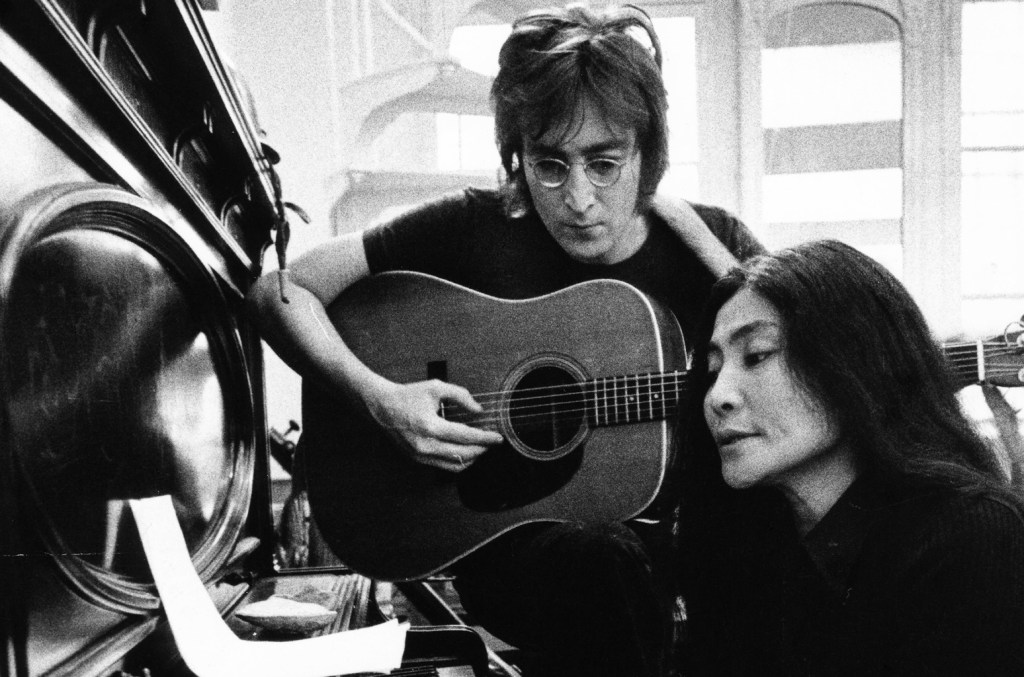One to One: John & Yoko – An Insightful Documentary
Sean Ono Lennon expresses strong confidence in the documentary “One to One: John & Yoko,” asserting that it will offer revealing insights to audiences. As the film’s co-executive producer and music producer, Lennon reflects on his unique perspective of his parents’ lives during this time, which predates his birth by only two years. “I do think I know my parents pretty well,” he remarks, underscoring his familiarity with their personal narratives.
The Documentary’s Focus
The documentary tracks one of the most intense 18-month periods in John Lennon and Yoko Ono’s lives, covering their move to New York City’s Greenwich Village in 1971 and culminating in the One to One benefit concert at Madison Square Garden on August 30, 1972. This concert marked Lennon’s first full performances since the Beatles disbanded in 1970. After its premiere at the Venice Film Festival and screenings at Telluride and Sundance, “One to One” will be available in IMAX on April 11 and widely released in theaters on April 18, later to stream on Max.
Documentary Approach and Production
Directed by Kevin Macdonald and distributed by Magnolia Pictures, “One to One” employs a montage of archival footage and sound recordings, largely articulated in the voices of Lennon and Ono themselves, without any third-party narration. Sam Rice-Edwards, a co-director and editor, explains, “We didn’t want to make just another Beatles or Lennon documentary; there’s plenty out there.” The film aims to reveal the world through Lennon and Ono’s lenses during the early 1970s.
Ono Lennon, who admits he might have preferred a straightforward concert film, praises this innovative approach: “It’s not easy to maintain such a complex story, but One to One does it very beautifully.” This method allows for a genuine exploration of the couple’s experiences and beliefs, capturing a more authentic narrative of their life together.
Exploring Political Activism
“One to One” also highlights the couple’s engagement in intense political activism amidst a backdrop of governmental surveillance, including FBI surveillance under President Richard Nixon. Lennon and Ono’s willingness to risk their careers and safety for their beliefs is particularly poignant. “It’s a beautiful story because you realize they were willing to risk everything,” says Ono Lennon. He notes, however, that they eventually distanced themselves from more radical elements of the activist movement when their philosophies on pacifism diverged from those they were associating with.
Archival Revelations
A significant discovery for the filmmakers was a previously unidentified box of reel-to-reel tapes containing private recordings of Lennon and Ono’s conversations, made when they suspected their phones were tapped. Simon Hilton, from the Lennon Estate, found these tapes among historical archives, which according to Rice-Edwards, offered revealing insights into their private discussions and goals.
Concert Footage and Performance Insights
The concert footage has been previously released, but the documentary crew worked to enhance the original materials, correcting past shortcomings. Ono Lennon acknowledged that the recordings could be “chaotic,” with numerous technical challenges during the original concert performances. Nevertheless, he found joy in revisiting and enhancing the audio mixes, allowing for a more impactful portrayal of songs like “Cold Turkey” and “Come Together.” He finds his father’s rendition of the song “Mother” particularly moving, describing it as vulnerable yet powerful.
Conclusion and Future Releases
As the film gathers attention, Ono Lennon is also preparing a soundtrack for release on October 9, which will include both concerts and other performance footage from that era. He emphasizes a commitment to include everything that appeals to fans and plans to provide an extensive collection of material to satisfy ardent followers. “Whatever we can put on we’re putting on,” he states, reflecting his dedication to honoring his parents’ legacy while celebrating their enduring impact on culture.

